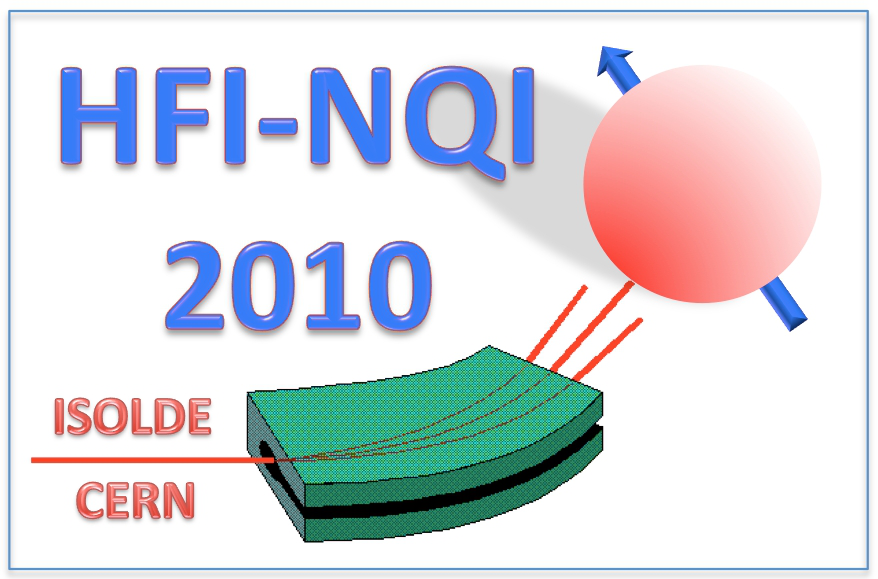Speaker
Description
Summary
Schiff bases are compounds with two imine groups that form very stable transition metal complexes. Schiff base–copper complexes have been intensively studied as mimics of copper proteins [1], potential metallodrugs [2] and self assembled materials to be applied as biosensor [3]. These copper complexes show diversity of geometric configurations, electronic structures and very good catalytic activity in reactions involving molecular oxygen. These characteristics are related to differences in the ligand that need to reorganize to accommodate the ion. Coordination geometry, ligand type atoms, hydration energy and redox potential are some of characteristics that can influence the experimental response. Here we study a series of Schiff base–copper complexes using electronic structure calculations in the framework of the Density Functional Theory (DFT) using two computational codes: CP-PAW [4] and Gaussian 03 [5]. Our theoretical results for structural, electronic and hyperfine properties are compared with experimental data.
| Are you a student, a delegate from developing countries or a participant with physical needs and would like to apply for a sponsored accomodation. Please answer with yes or no. | yes |
|---|---|
| Please specify whether you would prefer an oral or poster contribution. | oral |
